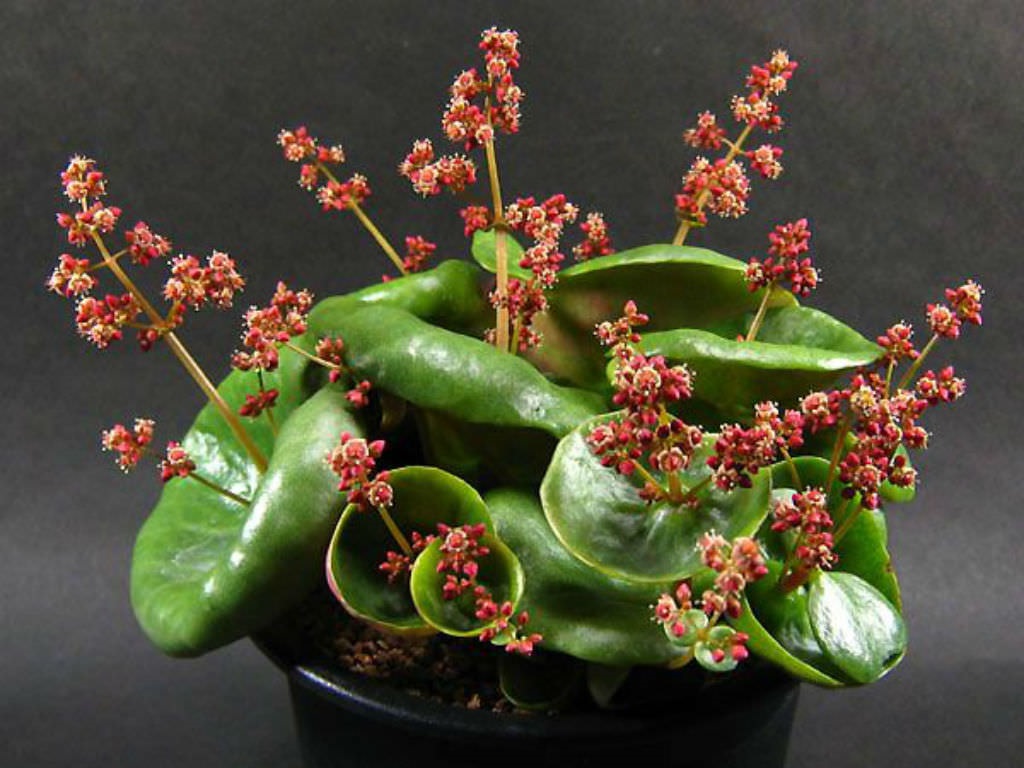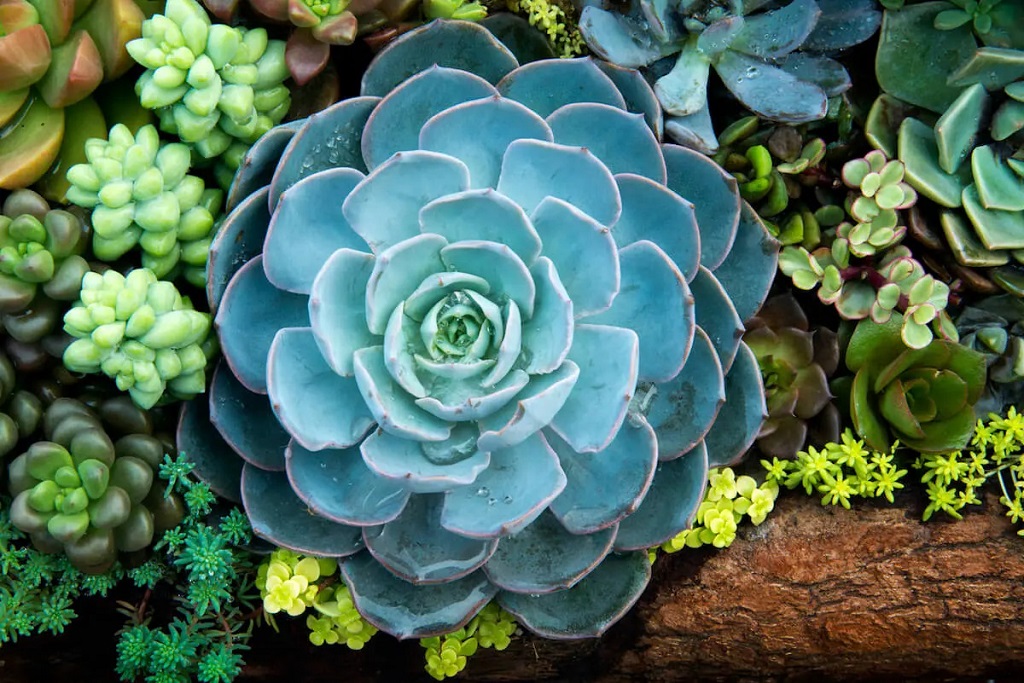Succulent plants have gained immense popularity in recent years due to their unique appearance, easy maintenance, and ability to thrive in various environments. Many plant enthusiasts wonder if succulent plants are suitable as houseplants. In this article, we will explore the characteristics of succulent plants, their adaptability to indoor environments, and tips for caring for them as houseplants.
What are Succulent Plants?
Succulent plants are a group of plants that have evolved to store water in their leaves, stems, and roots. This adaptation allows them to survive in arid and dry conditions, as they can draw upon their stored water reserves during periods of drought. Succulents come in various shapes, sizes, and colors, and they have unique and often fleshy leaves that store water. Some succulents even produce beautiful succulent yellow flowers that add a pop of color to any garden or indoor space.
Adaptability to Indoor Environments
When considering succulent plants as houseplants, it is important to understand their adaptability to indoor environments. While succulents naturally thrive in sunny and dry climates, they can still be grown successfully indoors with proper care and attention. However, certain factors should be taken into consideration when selecting and caring for succulents as houseplants.
Light Requirements
Succulent plants require bright, indirect sunlight to thrive. While they can tolerate some direct sunlight, excessively high temperatures or intense light can cause sunburn on their leaves. When placing succulents indoors, it is essential to choose a location that receives adequate sunlight. East or west-facing windows are ideal for providing sufficient light without exposing the plants to intense midday sun.
Temperature and Humidity
Succulents are typically adapted to warm and dry climates, so they prefer temperatures between 70-85°F (21-29°C). They can tolerate slightly lower temperatures but may suffer if exposed to cold drafts or frost. In terms of humidity, succulents generally thrive in low humidity environments. It is important to avoid placing them near sources of excess moisture, such as humidifiers or bathrooms.
Soil and Watering
Proper soil and watering are crucial aspects of succulent care. Succulents require well-draining soil to prevent waterlogged roots, as they are susceptible to rot and fungal diseases. A recommended soil mix for succulents is a combination of regular potting soil, sand, and perlite. When it comes to watering, succulents have a unique watering requirement. They prefer a “soak and dry” watering method, where the soil is thoroughly saturated and then allowed to dry out completely before the next watering. Overwatering is one of the most common mistakes made when caring for succulents, so it is important to err on the side of underwatering rather than overwatering.
Selecting the Right Succulent Varieties
Not all succulents are suitable as houseplants due to their specific light and space requirements. Some succulent varieties are better suited for indoor environments than others. Here are a few popular succulent varieties that make excellent houseplants:
- Echeveria: Echeveria is a well-known succulent with rosette-shaped leaves. It comes in a variety of colors and forms, making it a popular choice for indoor gardens.
- Haworthia: Haworthia is a genus of small succulent plants that are known for their attractive, textured leaves. They are easy to care for and can tolerate low-light conditions, making them perfect for indoor environments.
- Crassula: Crassula, also known as jade plants, are popular succulents that can be grown indoors. They have glossy, fleshy leaves and can thrive in a wide range of conditions.
- Aloe Vera: Aloe Vera is a versatile succulent known for its healing properties. It can be grown indoors and requires bright light to thrive.
- Sedum: Sedum is a large genus of succulent plants that includes many indoor-friendly varieties. They have unique foliage and can be grown in small containers or hanging baskets.
Common Challenges and How to Overcome Them
While succulents are generally low-maintenance plants, they can still face some challenges when grown indoors. Here are a few common challenges and tips to overcome them:
Pest Infestation
Succulents can be susceptible to pest infestations, particularly mealybugs and spider mites. Regularly inspecting plants for signs of pests and promptly treating infestations with insecticidal soap or natural remedies can help prevent damage.
Overwatering
Overwatering is the biggest mistake one can make when caring for succulents. It is important to resist the urge to water too frequently. Succulents prefer drying out between waterings, so it is crucial to let the soil completely dry out before watering again.
Insufficient Light
Insufficient light can cause succulents to become leggy and weak. If a succulent is not receiving enough light, consider moving it to a brighter location or supplementing natural light with a grow light.
Lack of Air Circulation
Indoor environments can sometimes lack proper air circulation, which can lead to stagnant air around the succulents. To ensure good air circulation, periodically move plants to a well-ventilated area or use a small fan to create gentle airflow.
Conclusion
Succulent plants can make beautiful and unique houseplants if cared for properly. Their striking appearance and low maintenance requirements have made them a popular choice among plant enthusiasts. By understanding their adaptability to indoor environments, providing adequate light, temperature, and humidity, and selecting the right varieties, succulents can thrive indoors and bring a touch of nature to any living space.
FAQs
Q1: Can succulents be kept in low-light conditions?
Yes, certain succulent varieties, such as Haworthia and Sansevieria, can tolerate low-light conditions. However, they still require some sunlight to maintain their health and vibrant colors.
Q2: How often should succulents be watered?
Succulents should be watered sparingly, allowing the soil to dry out completely between waterings. The frequency of watering will depend on factors such as the climate, humidity, and the specific succulent variety.
Q3: Can succulents be propagated from cuttings?
Yes, many succulents can be propagated from leaf or stem cuttings. By following proper propagation techniques, such as allowing the cuttings to callus before planting them in well-draining soil, you can easily expand your succulent collection.
Q4: Can succulents survive in air-conditioned environments?
Succulents can survive in air-conditioned environments, but it is important to monitor the humidity levels. Air conditioning can lead to dry air, which can negatively affect the health of succulents. To counterbalance this, consider using a humidifier or placing a tray of water near the plants.
Q5: Do succulents flower indoors?
Yes, many species of succulents can flower indoors under appropriate growing conditions. Providing sufficient light, the right temperature, and proper care can encourage succulents to bloom and produce beautiful flowers.


